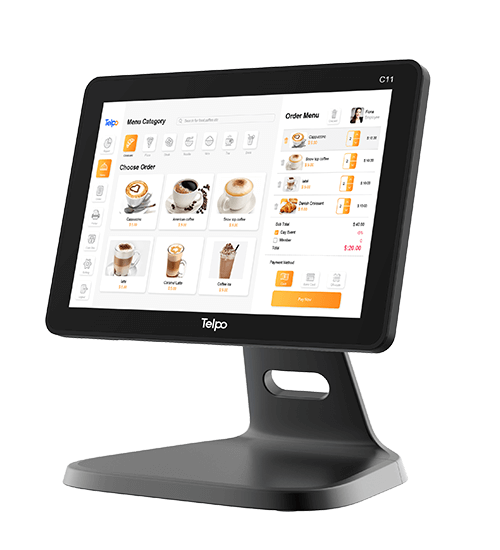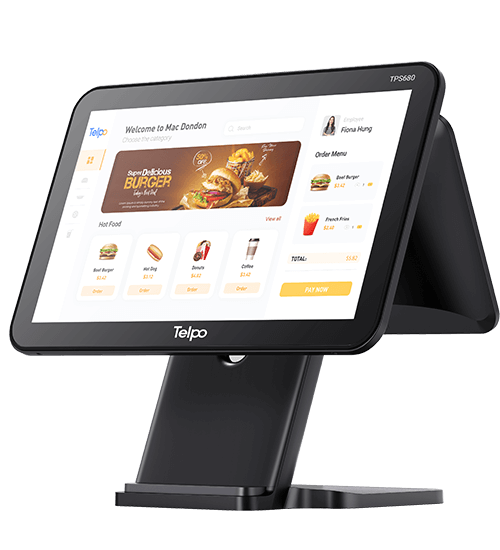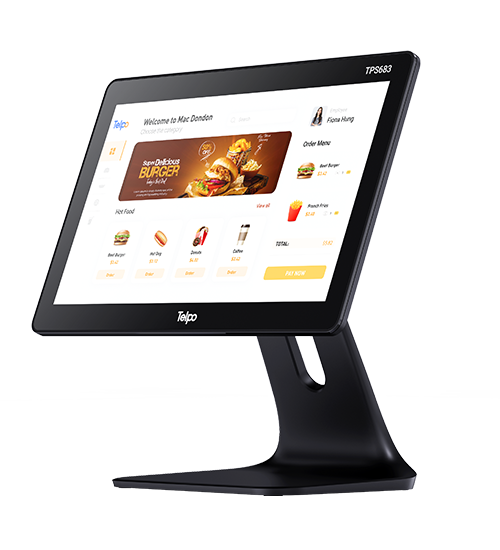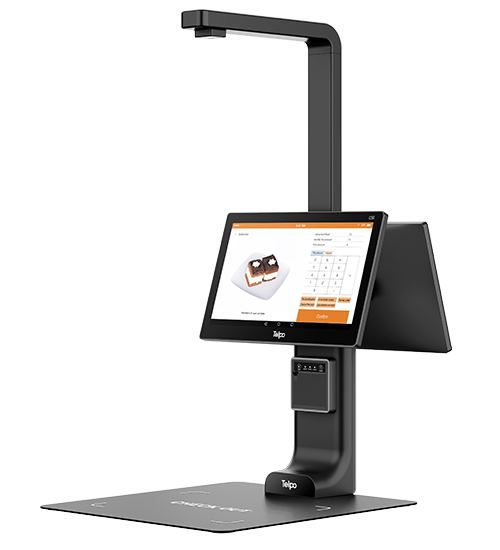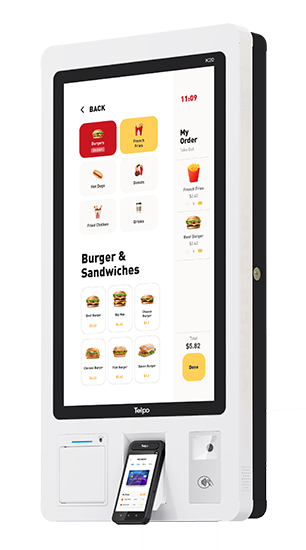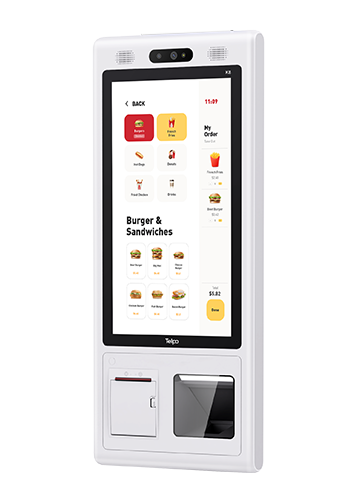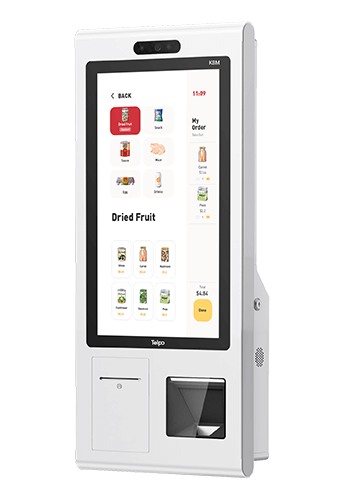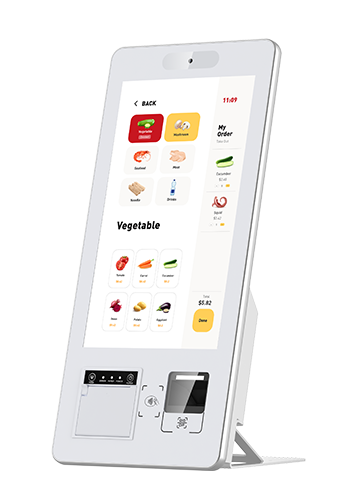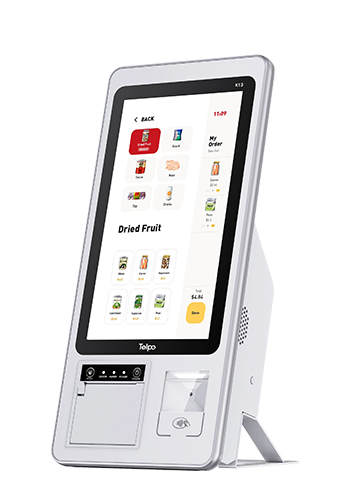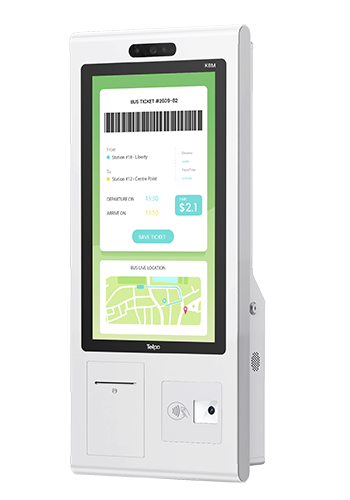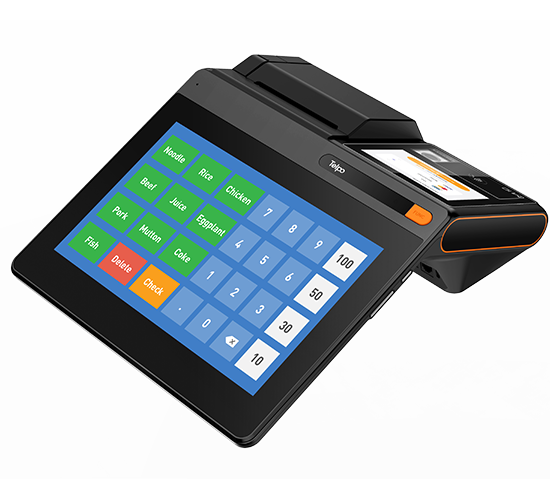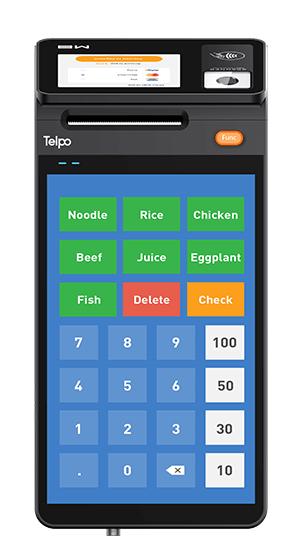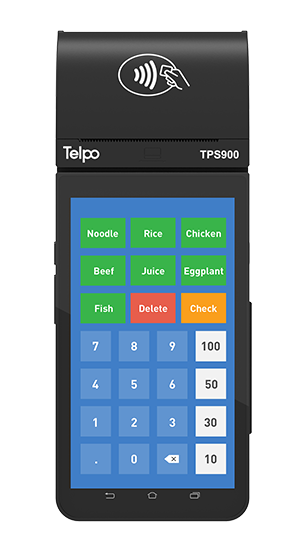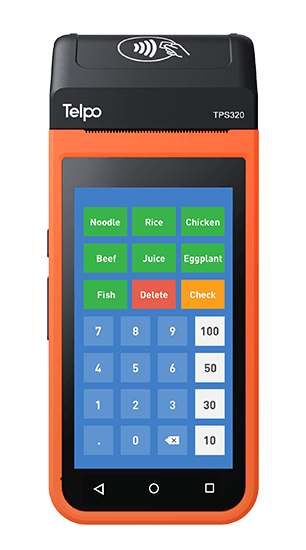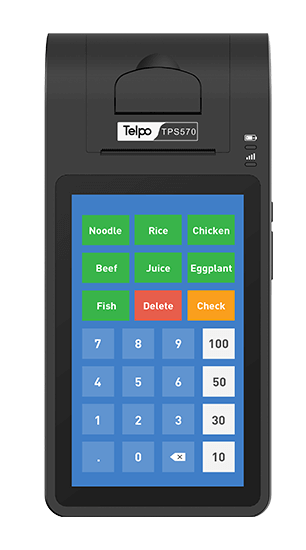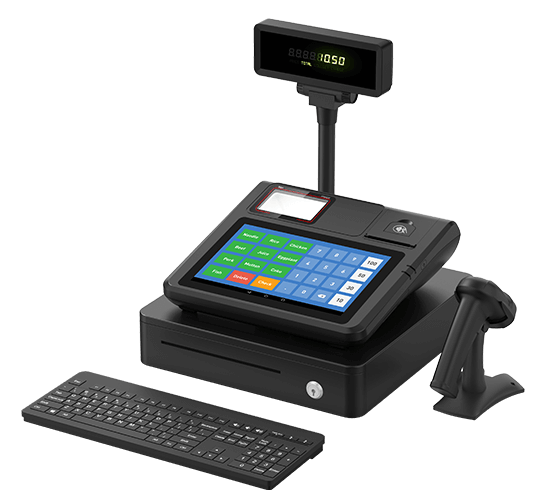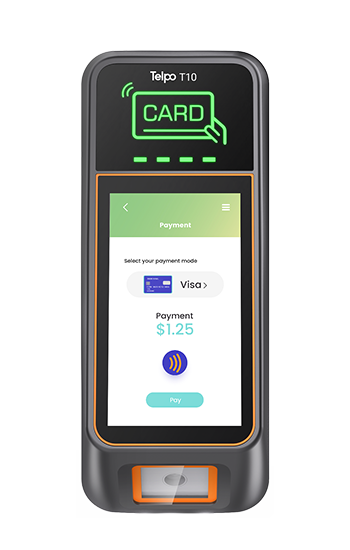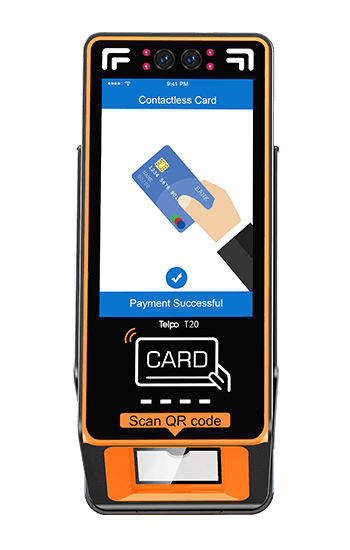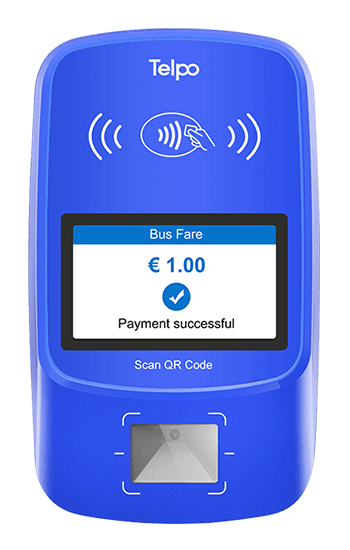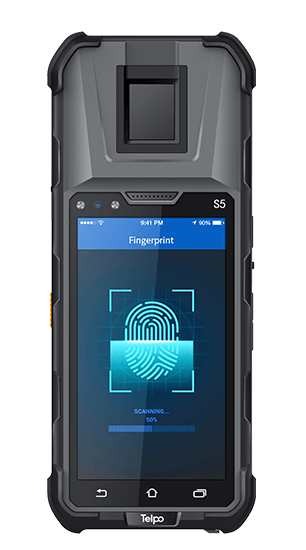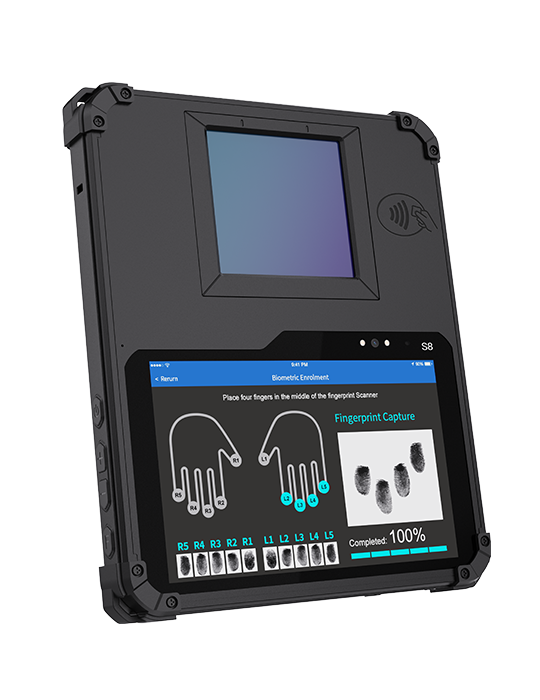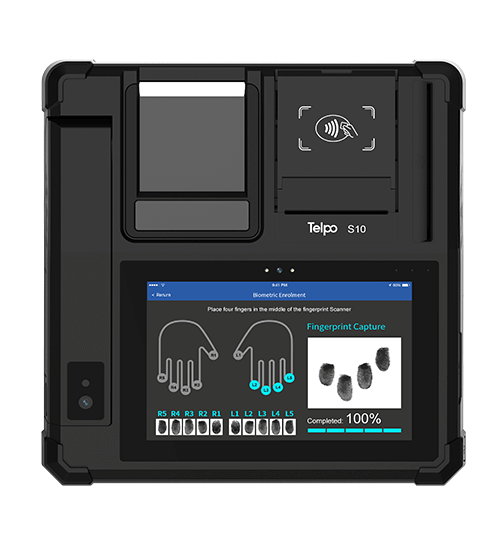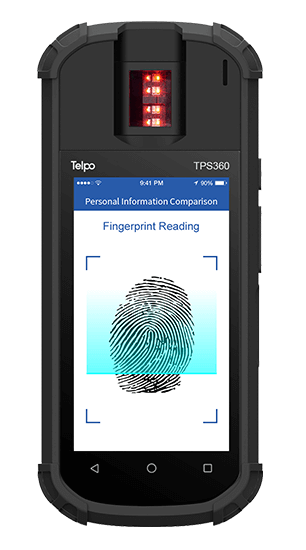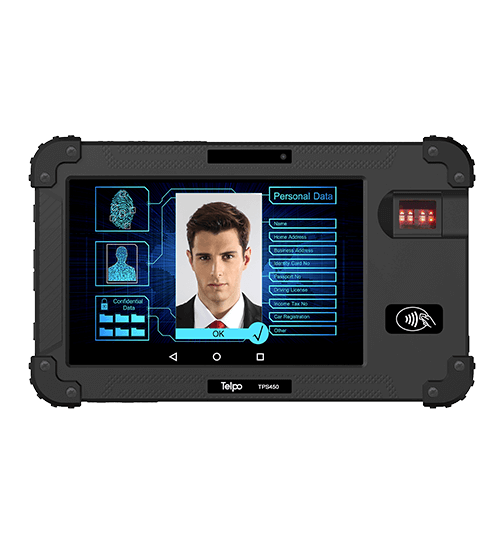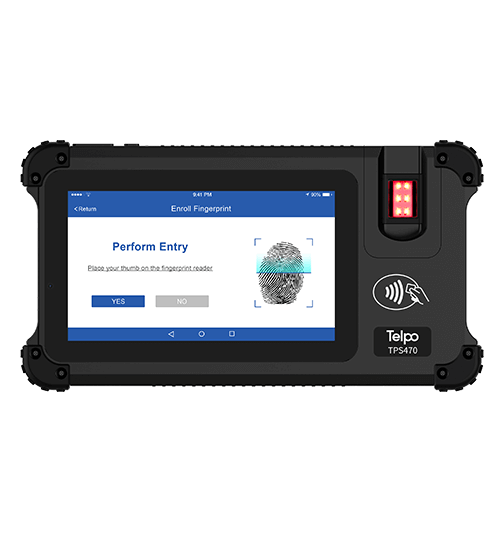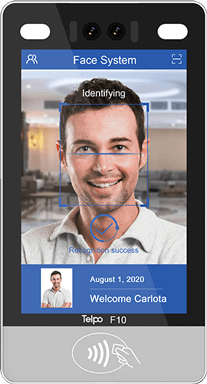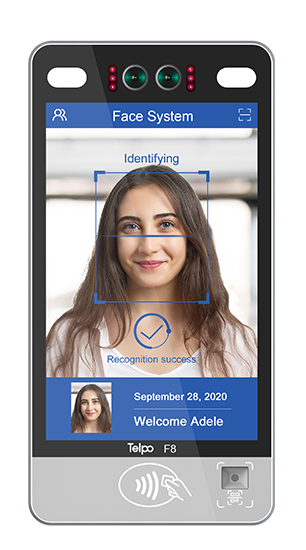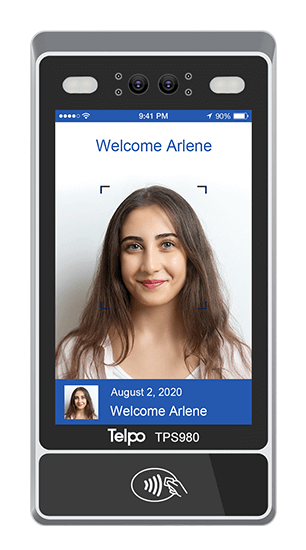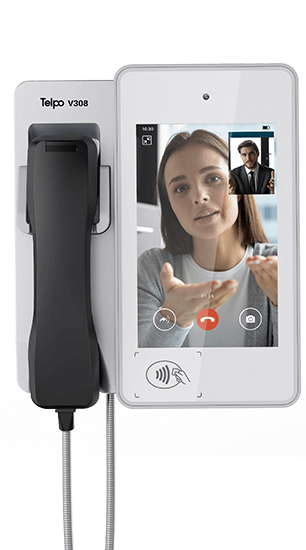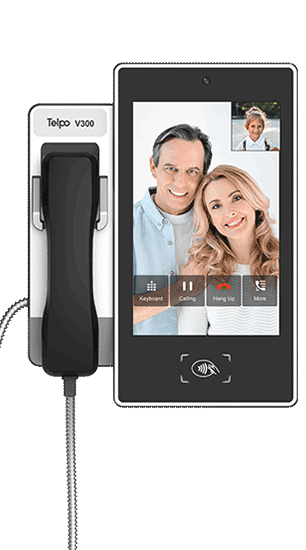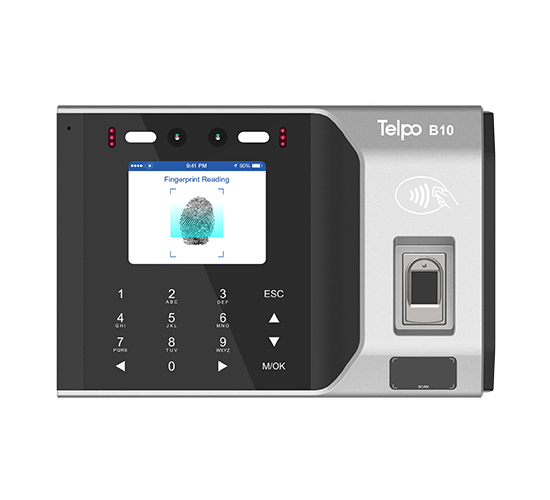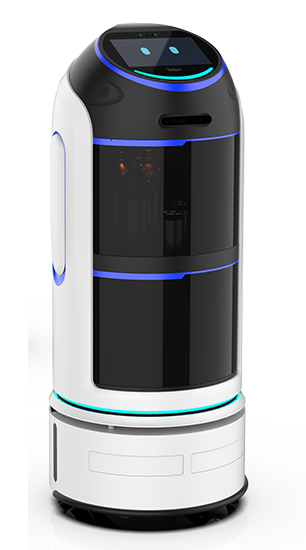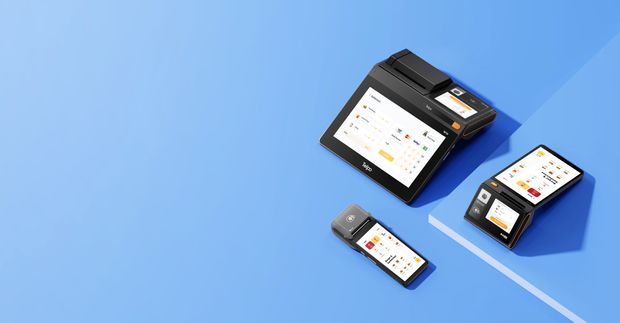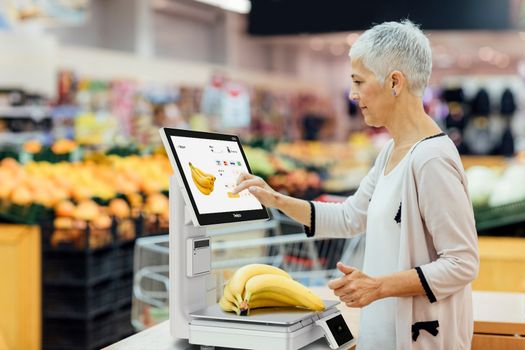As urbanization progresses, public transport is becoming increasingly vital. Where there is public transport, there is fare collection. From cash to contactless open-loop payment and QR code payment, in this article, let’s discuss which payment method is best for public transit!
 (1).jpg)
Advancement of public transport automated fare collection
1. Cash and paper tickets
Using cash and paper tickets to pay for public transport fees is the initial payment method. When boarding a bus or train, passengers would approach the ticket booth or fare collection point and purchase a paper ticket from the transportation authorities or by inserting coins or notes into the fare box. This payment method usually requires a specific inspector for ticket validation.
2. Closed-loop payment
As technology advances, paper ticket and cash-based fare collection methods have been gradually replaced by a more efficient method, closed-loop payment. Public transport operators launch tokens and transit cards for customers to pay for their transit fares. The tokens and transit cards only can be used within a specific transit network and won’t be valid elsewhere.
In addition to tokens and transit cards, part of QR code payments belongs to closed-loop payments. Some public service providers develop their own applications. After passengers download the transit application, they could pay for their tickets or pass the AFC machines by presenting the QR code. The QR code is invalid outside the service provider’s environment.
3. Open loop payment
Open loop payment is the latest fare collection method. In an open-loop ticketing system, passengers are allowed to use a single ticket or card to access different types of transportation. When using an open-loop ticket, the traveler simply taps or scans their smart card or mobile device at the designated ticket readers or validators to pay for their fare. The payment is deducted automatically from the linked payment account, eliminating the need for separate tickets or passes for each mode of transportation.
The most widely-used public transport ticketing methods are QR code ticketing and EMV ticketing.
QR code ticketing
QR code ticketing is a digital ticketing method that uses QR (Quick Response) codes as a means of storing and retrieving ticket information. Passengers purchase their tickets through either a dedicated mobile app provided by the transport authority or through a third-party mobile wallet app that supports QR code payments, and a unique QR code will be generated. When getting aboard the bus or passing the AFC machines, passengers just need to show their QR codes to validate. To some extent, most QR code ticketing for public transport belongs to closed-loop ticketing.
EMV ticketing
EMV ticketing, also known as Chip-and-PIN ticketing, is a secure method of ticketing that utilizes EMV technology for payment and validation. EMV stands for Europay, Mastercard, and Visa, the three companies that developed the standard. It aims to provide enhanced security and protection against payment card fraud. When riding on public transport that supports open-loop payments, passengers could complete the ticket validation process by simply pulling out any of their bank cards.
QR code ticketing V.S. EMV ticketing
As the top 2 contactless ticketing methods applied in public transport nowadays, there are lots of similarities between them.
1. Contactless
Both EMV ticketing and QR code ticketing support contactless payment options. Passengers can make payments by simply tapping their EMV-enabled payment cards or scanning QR codes using their smartphones, without the need for physical contact or insertion of payment cards.
2. Ticketless
Ticketless transactions are allowed by using both the EMV ticketing method and the QR code ticketing method. Passengers can store their ticket information digitally on their payment cards or in the form of QR codes on their mobile devices, without the need for physical tickets.
3. Convenient
Both EMV ticketing and QR code ticketing provide convenience to users. Passengers can easily make payments or gain access to events by using their payment cards or scanning QR codes, eliminating the need for paper tickets or cash transactions.
Differences between EMV ticketing and QR code ticketing
1. Different ticket validation technology used. EMV ticketing utilizes EMV chip technology embedded in payment cards to authenticate and process payments. On the other hand, QR code ticketing relies on Quick Response (QR) codes, which are two-dimensional barcodes that can store a significant amount of information.
2. Different device requirements. EMV ticketing requires specialized chip card readers or terminals that can communicate with the embedded microchip on payment cards, which puts forward a higher requirement for ticket validators applied in public transport. By contrast, QR code ticketing has a lower ticket validator requirement, which means a validator that supports decoding QR codes can meet the needs.
Embrace the future-proof open-loop ticketing in public transport
From the above comparison, we can make a conclusion that both open-loop EMV payments and QR code ticketing have their advantages. By comparison, the open-loop EMV payment is a more convenient way, for passengers don’t have to download any application and can freely choose an EMV bank card to pay for their transportation. It is a future-proof fare collection way and is of great importance to building smart transportation in smart city transformation.
To catch up with the latest trend and provide high-quality riding service for customers, public transport operators should actively embrace future-proof open-loop ticketing. Telpo is willing to be your cooperative partner.
Telpo has launched the validator that supports EMV bank card reading, Telpo T20. Telpo T20 is designed for public transport and has been successfully applied in Europe, Latin America, etc. Click here to know more details.
Welcome to contact us! We have confidence that Telpo won’t let you disappointed.
Tag: open loop payment, closed-loop payment, emv,fare collection, contactless payment, qr-code ticketing


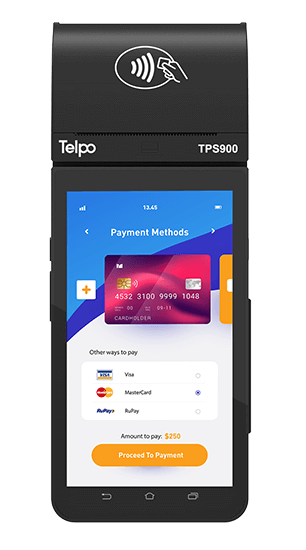
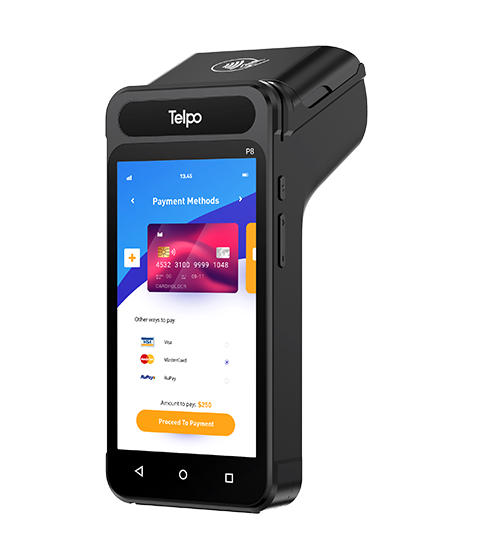
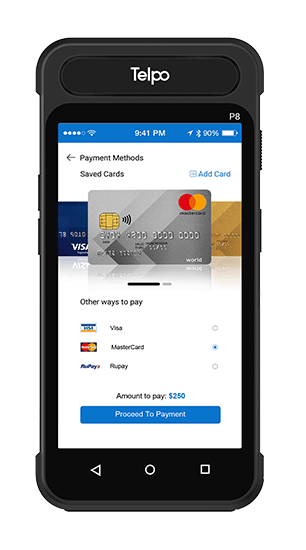

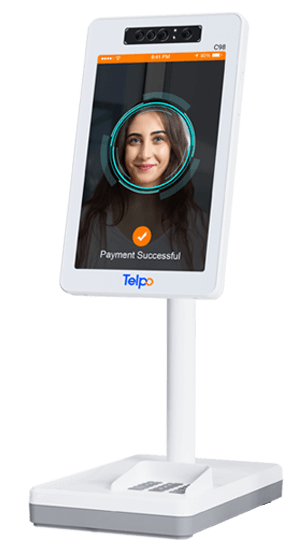
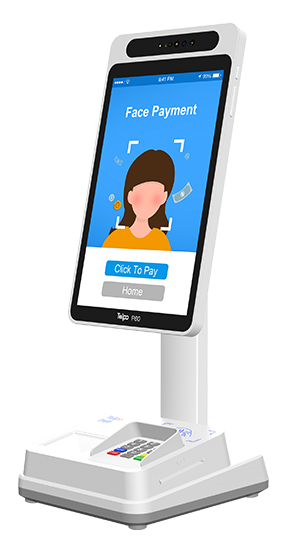
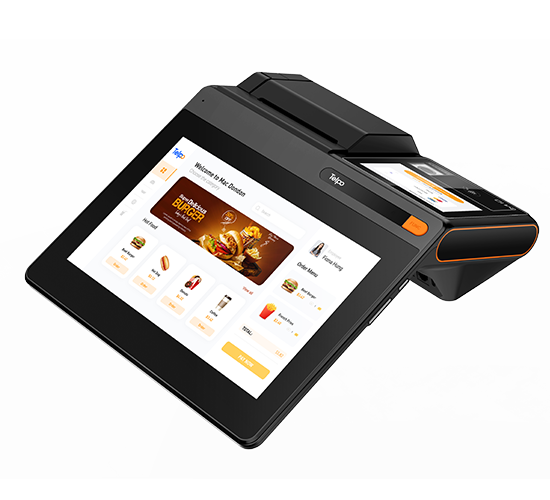
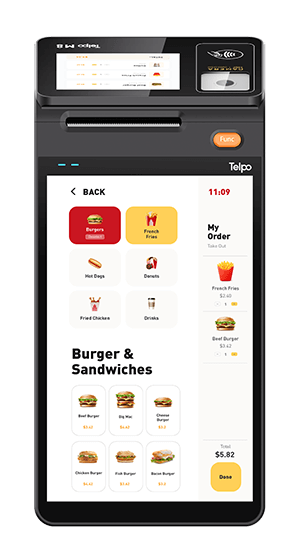
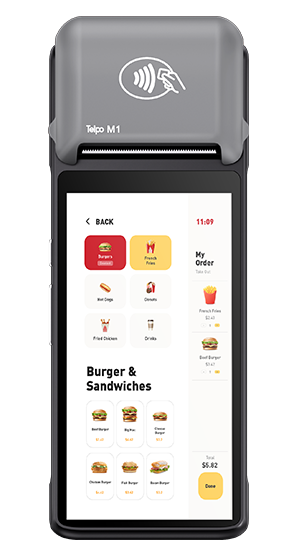
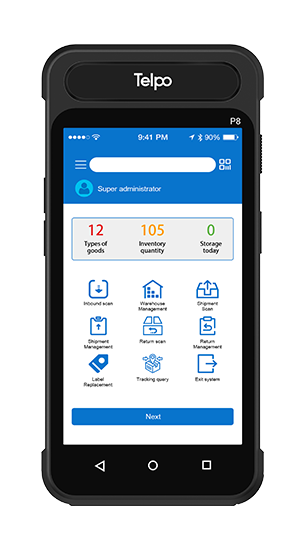
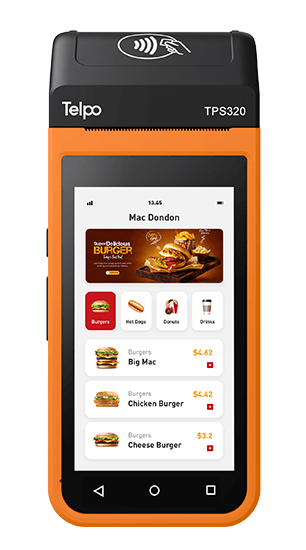
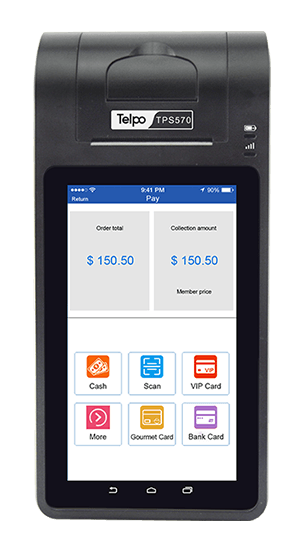
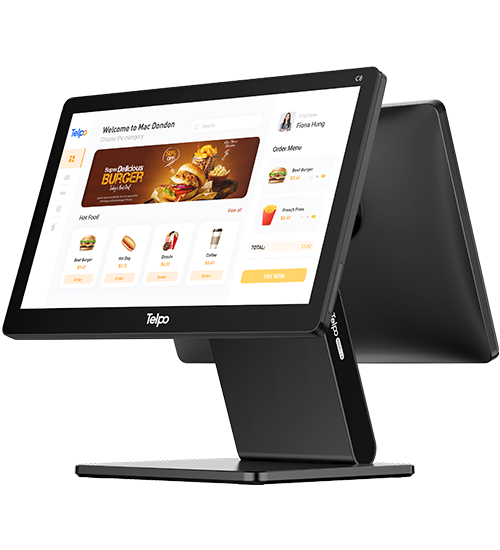
.png?VGVscG8tQzItUG9pbnQgb2YgU2FsZSBUZXJtaW5hbCA=*2023/07/Telpo-C2-80-printer-550.png?VGVscG8tQzItUG9pbnQgb2YgU2FsZSBUZXJtaW5hbCA=*2023/09/C2-printer-250.jpg?VGVscG8tQzItUG9pbnQgb2YgU2FsZSBUZXJtaW5hbCA=)
